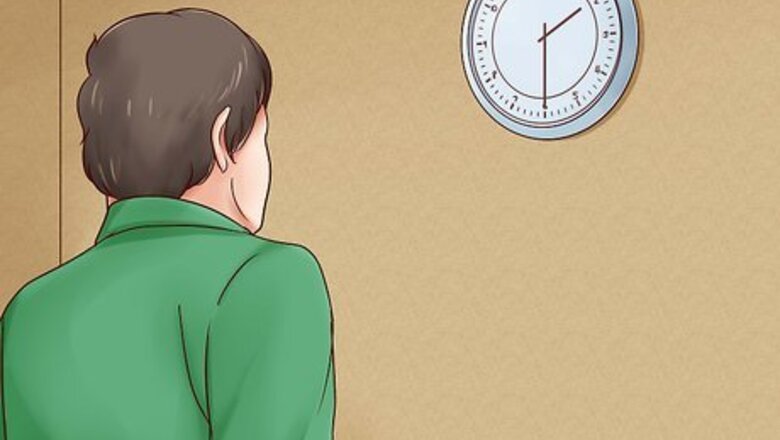
views
Learning the Basic Techniques
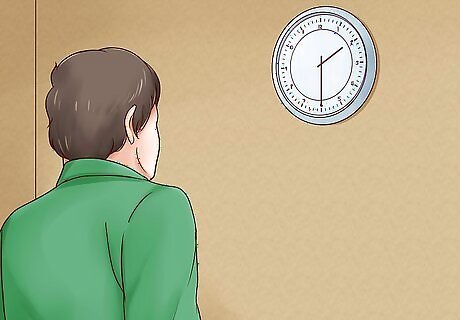
Find a working clock to look at. On this clock, you'll notice a lot of numbers and three arrows, also called hands. One hand is very thin and moves very fast. It's called the seconds hand. Every time it moves, a second has gone by. Another hand is thicker and long like the seconds hand. It's called the minutes hand. Every time it moves one little tick, a minute has gone by. Every 60 times it moves a whole step, an hour has gone by. The last hand is very thick, but smaller than the minutes hand. It's called the hours hand. Every time it moves one big tick, an hour has gone by. Every 24 times it moves a whole step, a day has gone by.
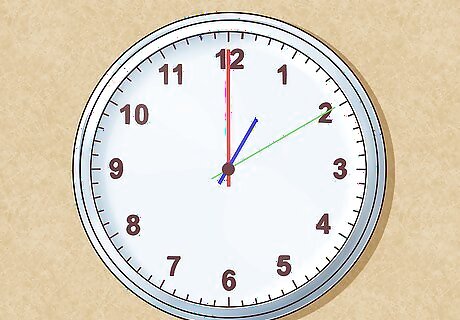
Know the relationship between seconds, minutes, and hours. Seconds, minutes, and hours are all measures of the same thing: time. They're not the same thing, but they measure the same thing. Every 60 seconds counts as one minute. 60 seconds, or 1 minute, is the time it takes the seconds hand to move from the number 12 all the way back again to 12. Every 60 minutes counts as one hour. 60 minutes, or 1 hour, is the time it takes the minutes hand to move from the number 12 all the way back again to 12. Every 24 hours counts as one day. 24 hours, or one day, is the time it takes the hours hand to move from the number 12 all the way back again to 12, and then around one more time.
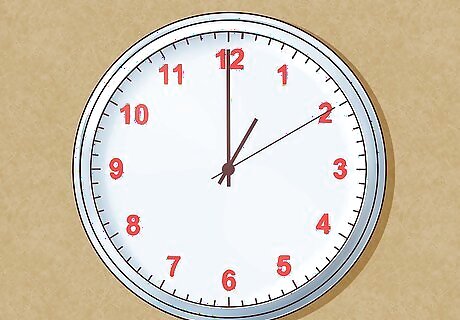
Look at the numbers on the clock. You'll notice that there are a lot of numbers laid out around the clock. They are laid out in ascending order, which means they get bigger as they move around the circle of the clock. There are numbers going up from 1 all the way to 12.
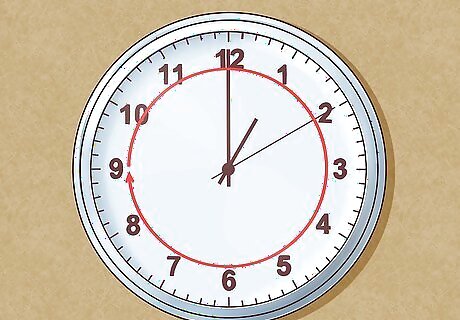
Know that every hand on a clock travels around a circle in the same direction. We call this direction "clockwise." It goes in the order of the numbers, like the clock was counting up from 1 to 12. The hands on the clock always travel this direction when they are working properly.
Telling the Hour
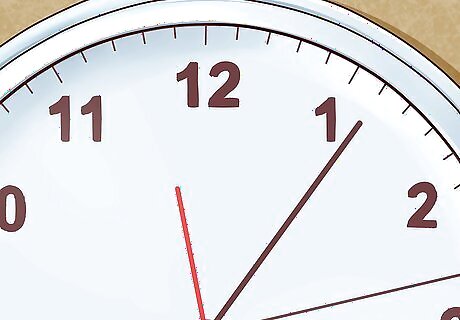
Look at the number that the hour hand (the small, thick hand) is pointing at. This will tell us the hour of the day. The hours hand always points at the big numbers on the clock.
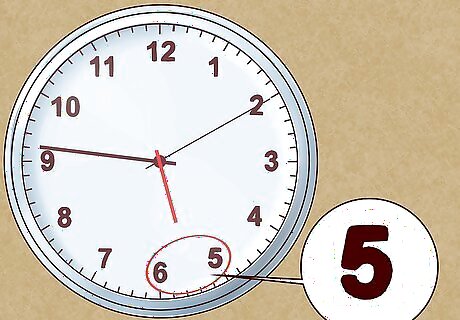
Know that often, the hours hand will be pointed in between two numbers. When it's pointed between two numbers, the hour of the day is always the lower number. So if the hours hand is pointed between 5 and 6 on the clock, it's 5-something, because 5 is the lower number.
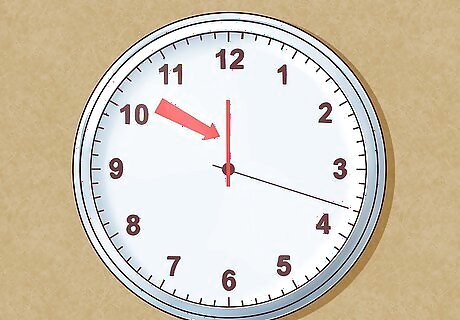
Know that if the hours hand is pointed directly at a big number, it's exactly that-o'clock. For example, if the small, thick hand is pointed directly at the number 9, it's exactly 9 o'clock.
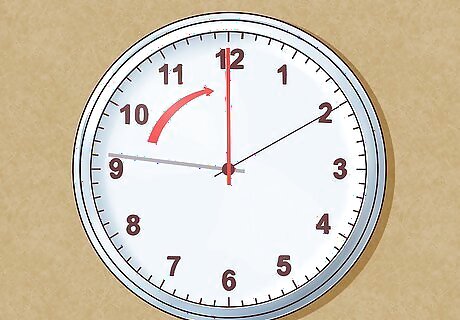
Learn the movement of the hands. Watch as the hour hand moves slowly closer to a big number, the minutes hand gets closer to the number 12. When the minutes hand hits 12, the next hour starts.
Telling the Minutes
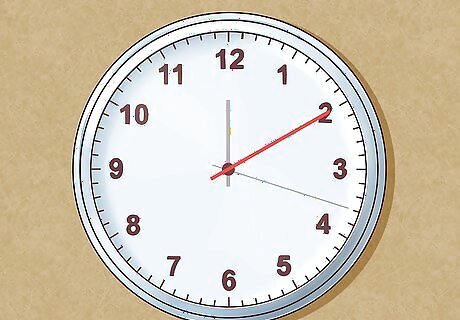
Look at the number that the minutes hand (the long, relatively thick hand) is pointing at. This will tell us the minute of the day. Notice the little ticks in between the big numbers. These represent minutes, although each big number also one minute, as well as the hour. Tell how many minutes there are by counting each little tick as one minute, starting from the number 12.
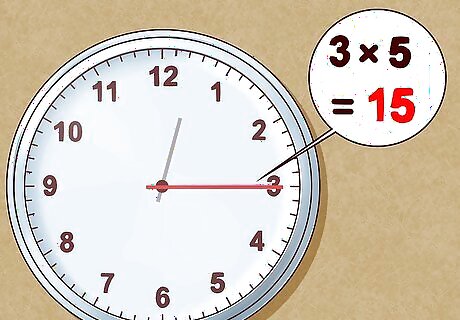
Use multiples of five. When the minutes hand is pointing at a big number on the clock, use multiples of five to tell how many minutes there are. For example, if the minutes hand is pointing directly at 3, you multiply 3 by 5 in order to 15. "15" is how many minutes that have passed in the current hour.
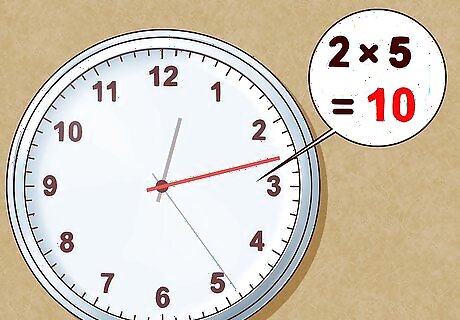
Learn to determine the minutes. Minute time uses multiples of five, along with little ticks in between big numbers. When the minutes hand is pointed in between a big number on the clock, find the nearest big number that it has passed, multiply that number by 5, and add that product to however many little ticks are in between. There are four small ticks in between each big number. For example, if the minutes hand is pointed right in between the 2 and the 3, go first to the 2. Use the 2 to multiply 5, which gives us 10. Then, count out the number of ticks it takes to get from 10 to where the minutes hand is pointed: it takes two, meaning.
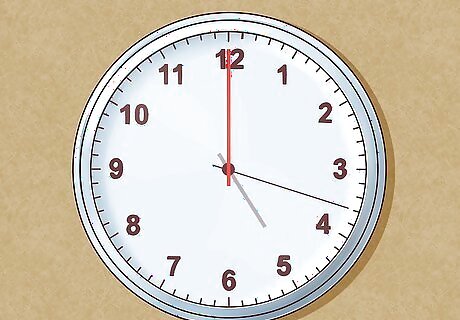
Know where the minutes hand is when the hours hand is pointed exactly at its number. When the hours hand is pointed exactly at a big number on the clock, the minutes hand will always be pointed directly at 12. This is because the hour changed, so the minutes hand is starting over again. If the hours hand is pointed directly at 5 and the minutes clock is pointed directly at 12, that means it's 5 o'clock exactly.
Putting it All Together
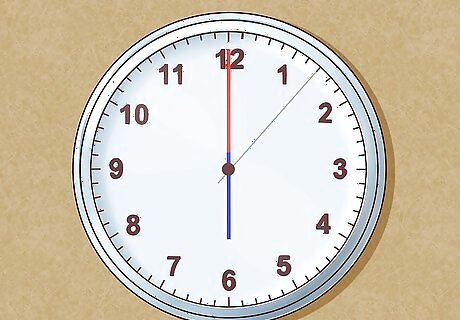
Notice where the hours hand is on this example. The hours hand is pointed directly at the number 6, which means it's exactly 6 o'clock. If the hours hand is pointed exactly at 6, that means that the minutes hand must be pointed directly at 12.

Notice where the minutes hand is on this example. The minutes hand is 2 ticks beyond the 9. So how do we figure out how many minutes there are in this hour? First, we multiply 9 by 5 to get 45. Then we add another 2 ticks to 45, giving us 47. We have 47 minutes in the hour.
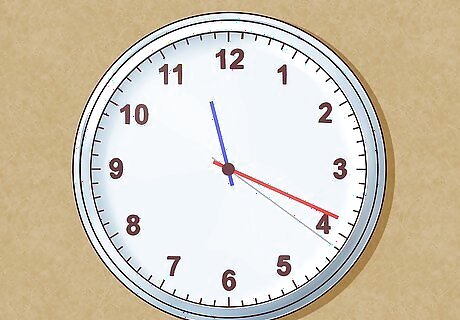
Notice where the hours and minutes hands are on this example. The hours hand is in between 11 and 12, while the minutes hand is 4 ticks beyond the 3. How do we figure out the time? First, let's tell the hour of the day. Because the hours hand is between 11 and 12, we pick the lower number. This means it's 11-something o'clock. Let's do the minutes next. We need to multiply 3 by 5. This gives us 15. Now we need to add the 4 ticks to 15 which gives us 19. There are 19 minutes in the hour, and the hour is 11. That means the time is 11:19.




















Comments
0 comment